Rino Saiga
Murine AI excels at cats and cheese: Structural differences between human and mouse neurons and their implementation in generative AIs
Oct 28, 2024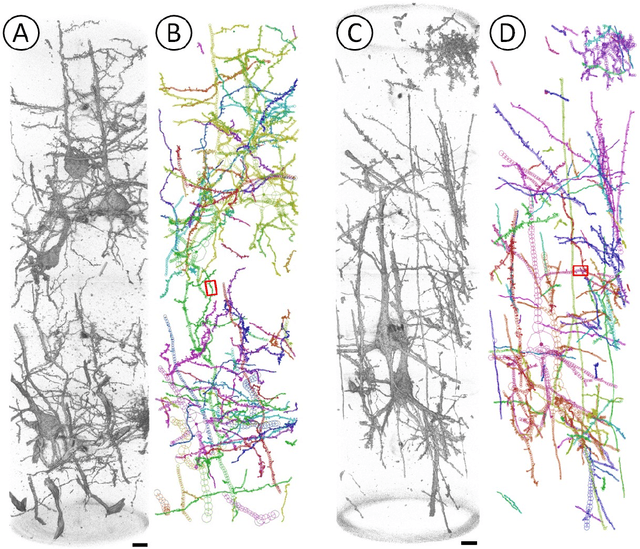
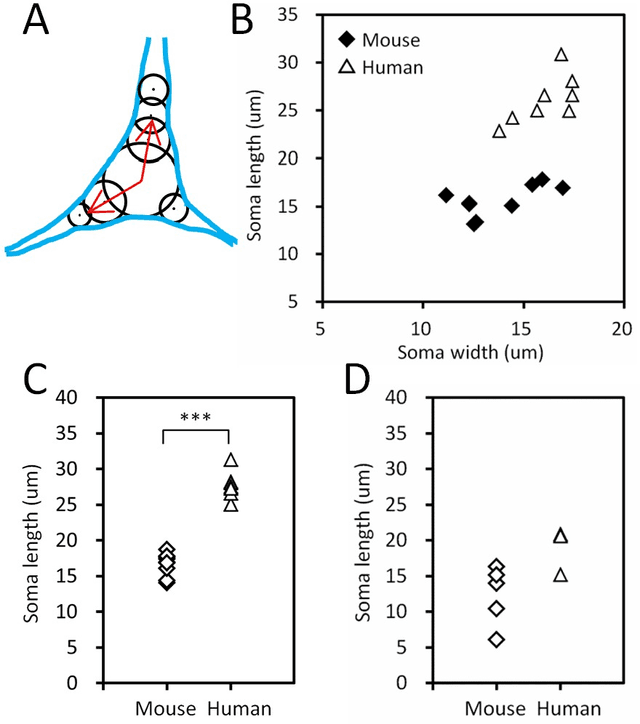
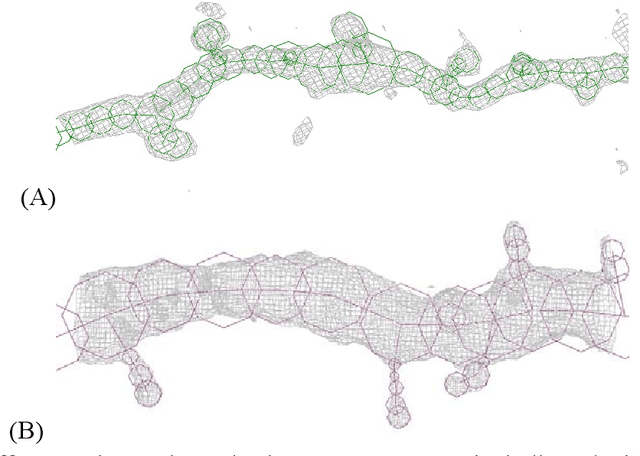
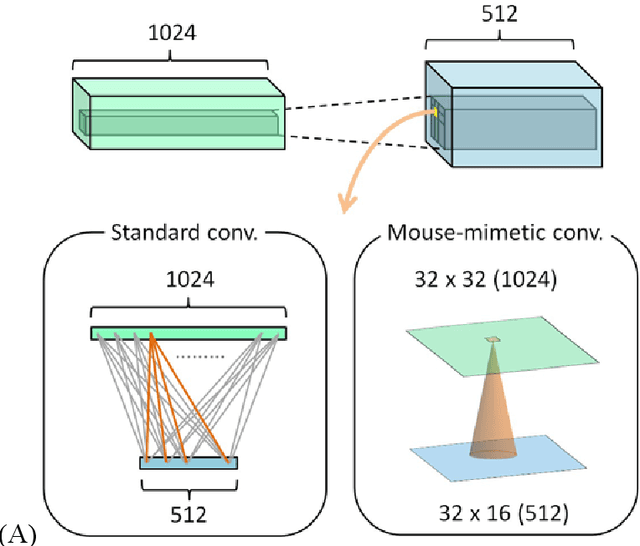
Abstract:Mouse and human brains have different functions that depend on their neuronal networks. In this study, we analyzed nanometer-scale three-dimensional structures of brain tissues of the mouse medial prefrontal cortex and compared them with structures of the human anterior cingulate cortex. The obtained results indicated that mouse neuronal somata are smaller and neurites are thinner than those of human neurons. These structural features allow mouse neurons to be integrated in the limited space of the brain, though thin neurites should suppress distal connections according to cable theory. We implemented this mouse-mimetic constraint in convolutional layers of a generative adversarial network (GAN) and a denoising diffusion implicit model (DDIM), which were then subjected to image generation tasks using photo datasets of cat faces, cheese, human faces, and birds. The mouse-mimetic GAN outperformed a standard GAN in the image generation task using the cat faces and cheese photo datasets, but underperformed for human faces and birds. The mouse-mimetic DDIM gave similar results, suggesting that the nature of the datasets affected the results. Analyses of the four datasets indicated differences in their image entropy, which should influence the number of parameters required for image generation. The preferences of the mouse-mimetic AIs coincided with the impressions commonly associated with mice. The relationship between the neuronal network and brain function should be investigated by implementing other biological findings in artificial neural networks.
Schizophrenia-mimicking layers outperform conventional neural network layers
Sep 23, 2020
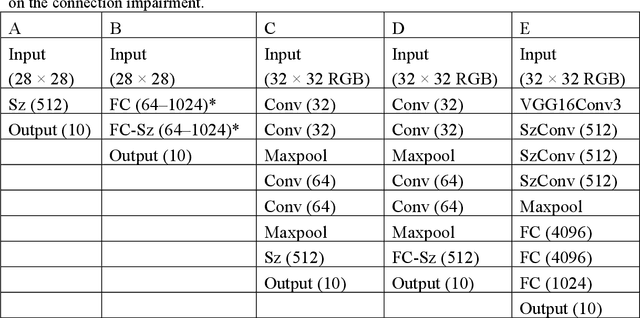
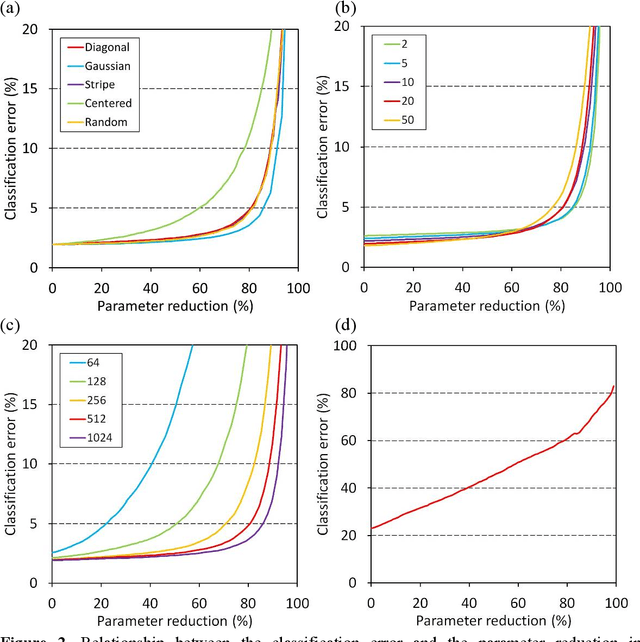
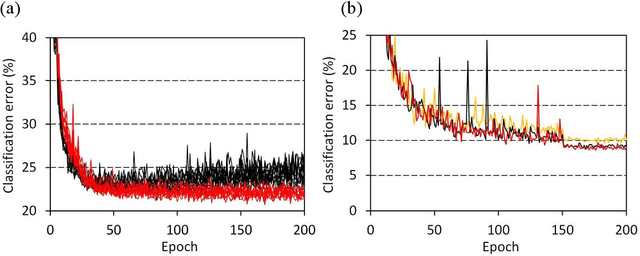
Abstract:We have reported nanometer-scale three-dimensional studies of brain networks of schizophrenia cases and found that their neurites are thin and tortuous compared to healthy controls. This suggests that connections between distal neurons are impaired in microcircuits of the schizophrenia cases. In this study, we applied this biological findings to designing schizophrenia-mimicking artificial neural network to simulate the connection impairment in the disorder. Neural networks having the schizophrenia connection layer in place of fully connected layer were subjected to image classification tasks using MNIST and CIFAR-10 datasets. The obtained results revealed that the schizophrenia connection layer is tolerant to overfitting and outperforms fully connected layer. Schizophrenia-mimicking convolution layer was also tested with the VGG configuration, showing that 60% of kernel weights of the last convolution layer can be eliminated while keeping competitive performance. Schizophrenia-mimicking layers can be used instead of fully-connected or convolution layers without any change in the network configuration and training procedures, hence the outperformance of the schizophrenia-mimicking layer is easily incorporated in neural networks. The results of this study indicate that the connection impairment in schizophrenia is not a burden to the brain, but has some functional roles to attain a better brain performance. We suggest that the seemingly neuropathological alterations observed in schizophrenia have been rationally implemented in our brain during the process of biological evolution.
Estimating the resolution of real images
Mar 02, 2017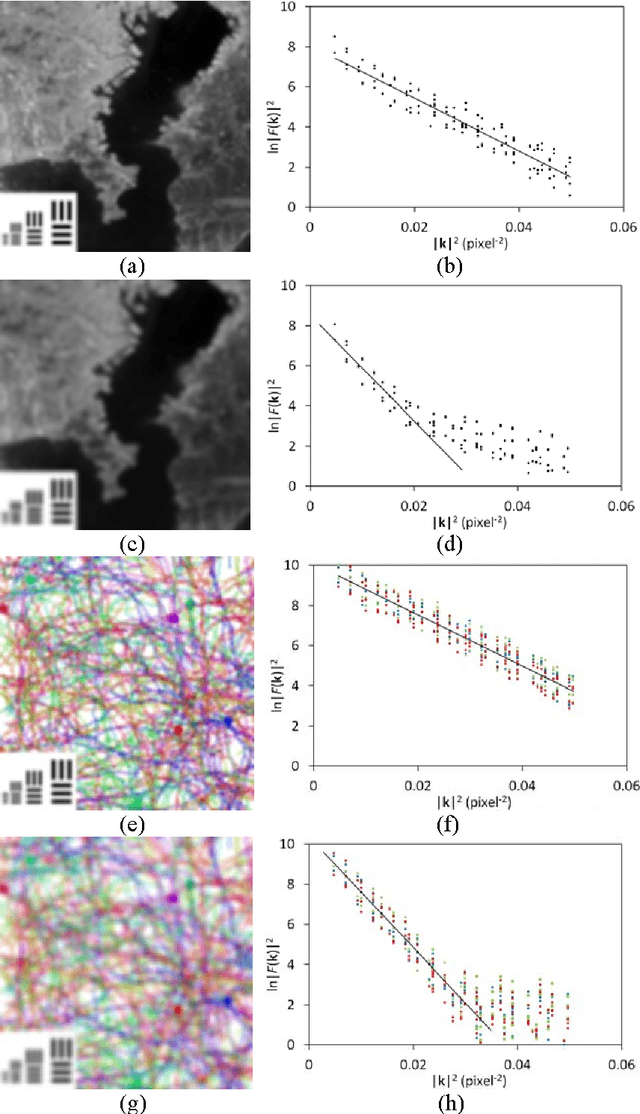
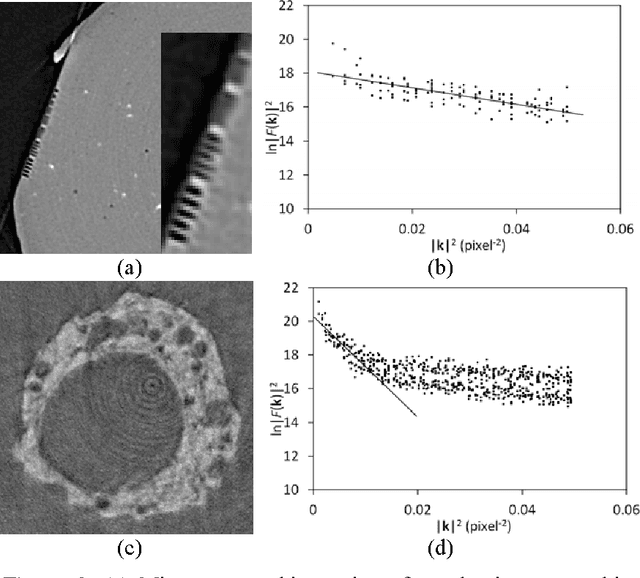
Abstract:Image resolvability is the primary concern in imaging. This paper reports an estimation of the full width at half maximum of the point spread function from a Fourier domain plot of real sample images by neither using test objects, nor defining a threshold criterion. We suggest that this method can be applied to any type of image, independently of the imaging modality.
* 4 pages, 2 figures
 Add to Chrome
Add to Chrome Add to Firefox
Add to Firefox Add to Edge
Add to Edge